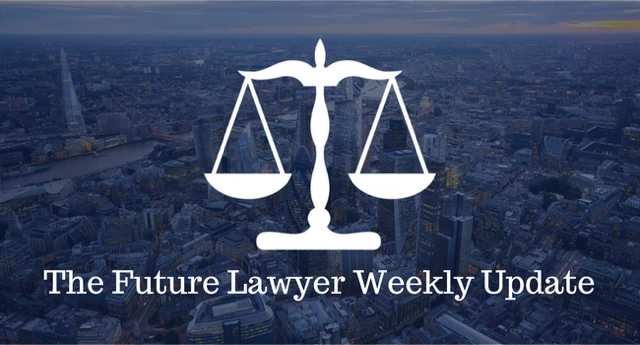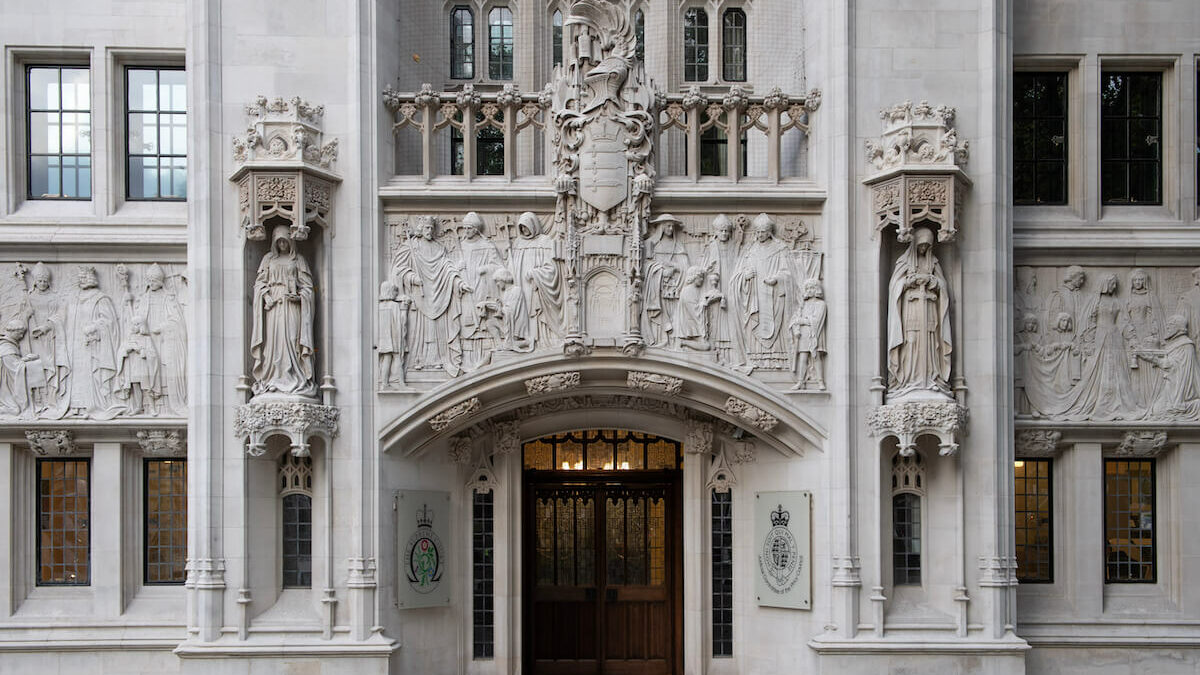
How do we overcome barriers to Diversity, Equity, and Inclusion in Practice?
July 14, 2024
The Future Lawyer Weekly Briefing – W/C 15th July 2024
July 15, 2024By Freya Fredriksson.
Reading time: three minutes
Visiting the Supreme Court
I recently had the privilege of visiting the Supreme Court of the United Kingdom (UK) to observe the proceedings of a case, and it was fascinating to witness the law in action at the highest court in the UK. However, as I sat in the public seating area of the courtroom, I quickly realised that, as a profoundly deaf individual, I was unable to lipread the justices, advocates and solicitors from such a distance. This was exacerbated by the advocates and solicitors having their backs turned towards us as they spoke. Understandably, due to concerns over audio recording, using a live speech-to-text app was not a viable option.
Challenges for deaf people in the courtroom
To my consternation, I found myself being unable to access the proceedings. It is important to note that this is not a criticism of the Supreme Court which has made significant efforts to make their courts as accessible as possible, even partnering with AccessAble to create a Detailed Access Guide. However, as I admired the layout of the beautiful courtroom, I wondered if the Supreme Court could consider implementing its own live speech-to-text programme in its courtrooms – an idea worth contemplating.
Read more about the legal rights of the D/deaf community: https://thestudentlawyer.com/2024/05/11/an-overview-of-the-legal-rights-of-the-d-deaf-community/
Current accessibility measures
The Supreme Court was the first in the UK to stream all cases live on their website meaning that all hearings of cases and their judicial proceedings have closed captions, allowing deaf people to access the information. However, as the Supreme Court pointed out themselves, ‘the information displayed in the closed captions may not be an accurate or complete record of proceedings and may not be relied upon as such’. Moreover, this solution does not allow deaf people to experience the courtroom itself, which undoubtedly creates a feeling of ostracisation.
While sign language interpreters can be used, there is often a shortage of Registered Sign Language Interpreters (RSLIs) and this is not a viable solution for deaf people who do not use British Sign Language (BSL) and instead rely on lipreading. The Supreme Court also provides portable induction loops, which help to improve audibility for those with hearing aids. Additionally, I found it very positive that the educational videos in the exhibition area had subtitles!
Introducing live subtitles in the courtroom would benefit not only deaf and hard-of-hearing people, but also other members of the public. For example, the complex legal terminology used in court can be confusing, and so subtitles as a backup would aid them in better understanding the proceedings, including for those for whom English is not their first language.
In my recent article on legal inclusivity for the D/deaf community, I explored that in only 2022, BSL users were allowed to serve as jurors for the first time in British history. This goes on to highlight how the legal landscape is making important strides towards achieving equality for deaf people but much work remains to be done.
Read more about whether the legal profession is fit for those with disabilities: https://thestudentlawyer.com/2024/05/01/is-the-legal-profession-fit-for-people-with-disabilities/
Wider accessibility issues in the legal system
The Supreme Court plays a pivotal role in the interpretation and application of the law, as well as the development of the British legal system. The decisions that they make have an impact on our lives directly and indirectly. This is why every member of British society has the right to attend cases and observe judicial proceedings. The Supreme Court has made commendable efforts to improve accessibility with hearing loops and captioned videos, but I believe they could further improve by providing a live speech-to-text programme in the courtrooms.
Whilst the Supreme Court is making strides, many other courts remain inaccessible. A study in 2021 found that only 2% of Britain’s civil and criminal courthouses are fully accessible for those with disabilities. It is incumbent on the legal system to make the courtrooms more accessible for the disabled community. Often, inaccessibility stems from a lack of awareness which is why it is vital that we help bring this issue to light and pave the way for a more accessible future.





